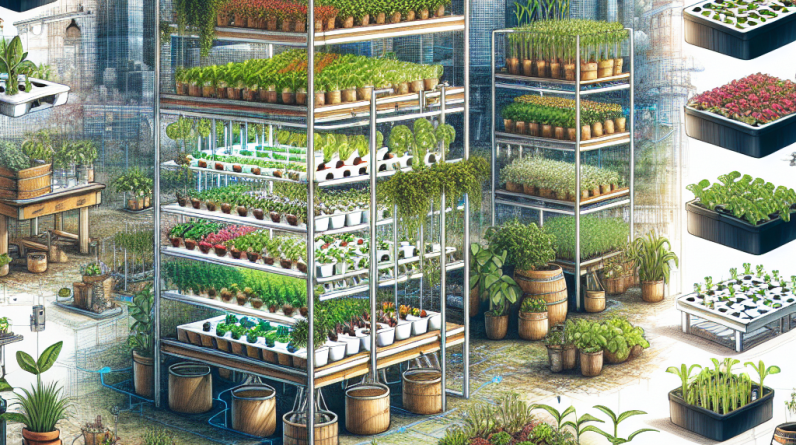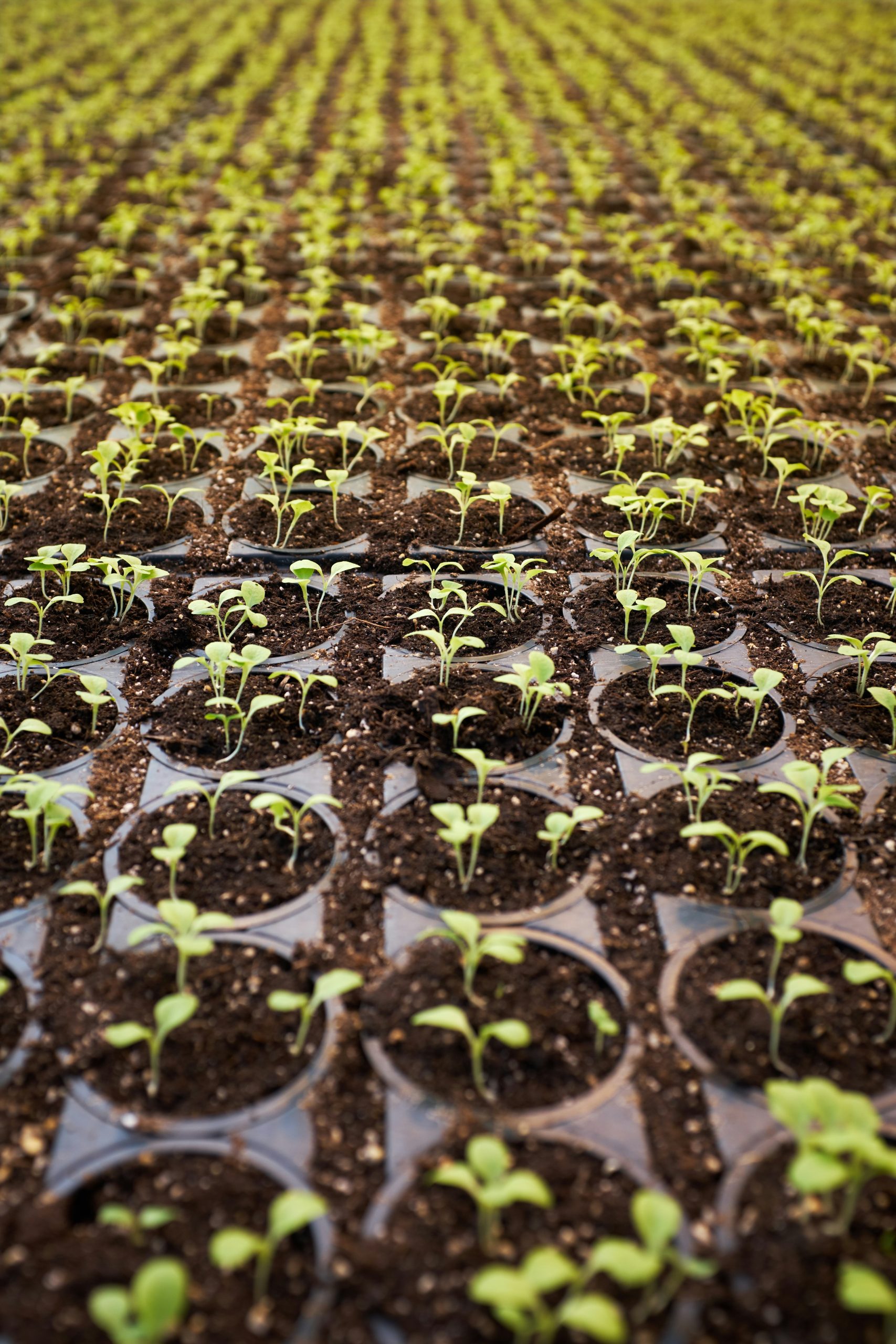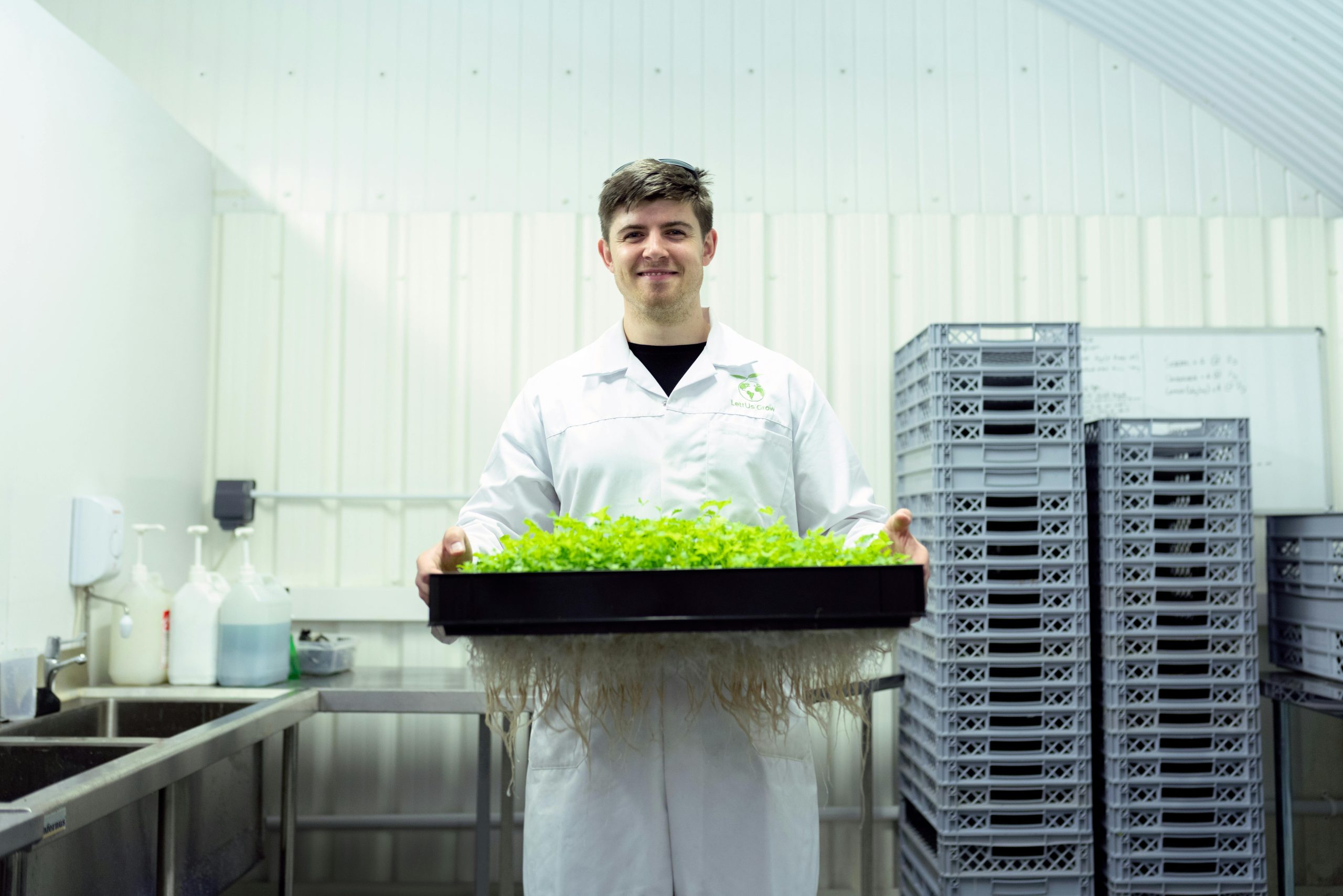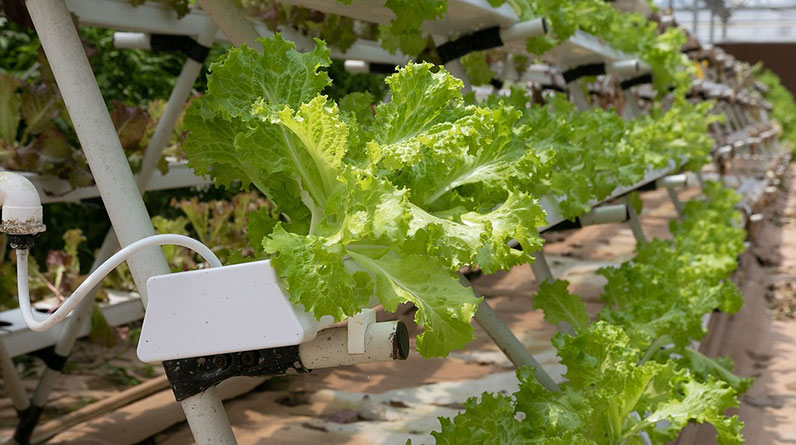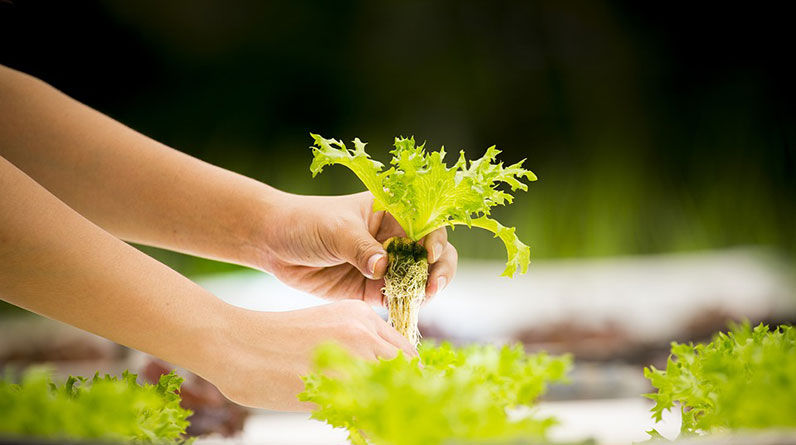
- 1. Nutrient Film Technique (NFT)
- 2. Deep Water Culture (DWC)
- 3. Aeroponics Systems
- 4. Drip Systems
- 5. Wick Systems
- 6. Flood and Drain (Ebb and Flow)
- 7. Vertical Hydroponic Systems
- 8. Raft Systems (Water Culture)
- 9. Kong Hanging System
- 10. Hybrid Systems
As hydroponic growing systems become more popular in 2025, farmers and urban growers alike are seeking innovative ways to maximize crop yields while conserving resources. Using the right hydroponic setup can dramatically increase productivity and quality. Whether you’re a beginner or an experienced grower, understanding the top hydroponic growing systems available today will help you make informed decisions for your farm or garden. In this article, I will walk you through the 10 most effective systems that can boost your yields in 2025, sharing practical tips and real-world insights along the way.
1. Nutrient Film Technique (NFT)
Overview of NFT
The Nutrient Film Technique (NFT) is a popular hydroponic system that involves a thin stream of nutrient-rich water flowing over the roots of plants housed in a sloped channel. This method is especially ideal for leafy greens and herbs, offering efficient nutrient delivery and oxygenation. In 2025, NFT remains a favorite for commercial growers due to its low water usage and high yields.
One of the main advantages of NFT is that it minimizes water and nutrient waste. The continuous flow means plants receive a steady supply of nutrients while excess water recirculates back into the reservoir. This low-maintenance system requires careful setup and monitoring to prevent blockages, but itâs highly scalable and adaptable for different crop types.
For best results, ensure your channels are tilted at about 1-3%, and maintain proper flow rates to prevent root dehydration or over-saturation. Implementing automation for flow regulation can help optimize growth conditions, especially on larger commercial farms in 2025.
Pros & Cons of NFT
- Pros: High yield potential, low water use, scalable for different crops
- Cons: Susceptible to pump failures and clogs, requires careful maintenance
- Best for: Leafy greens, herbs, small vegetables
2. Deep Water Culture (DWC)
How DWC Works
Deep Water Culture (DWC) is a straightforward yet powerful hydroponic system where plant roots are suspended directly in oxygenated, nutrient-rich water. Itâs especially suitable for crops like lettuce, spinach, and strawberries. In 2025, DWC continues to evolve with aeration technology, boosting growth rates and yields significantly.
The key to success with DWC is maintaining high levels of dissolved oxygen, which is vital for healthy root development. This is achieved using air stones connected to air pumps, creating bubbles that oxygenate the solution. The system’s simplicity makes it both affordable and easy to scale, making it perfect for small-scale and commercial operations alike.
Proper water management, including regular nutrient monitoring and system cleaning, ensures consistent performance. With advances in LED lighting and automation, DWC setups are becoming even more productive in 2025.
Advantages & Challenges
- Advantages: Rapid growth, high yields, simple setup
- Challenges: Risk of root rot if aeration fails, temperature control needed
- Ideal crops: Leafy greens, herbs, strawberries
3. Aeroponics Systems
Innovations in Aeroponics
Aeroponics involves suspending plants in a closed environment where roots are misted with nutrient solutions at frequent intervals. This highly efficient system uses less water and nutrients compared to traditional methods and can yield faster crop cycles. In 2025, aeroponics is gaining popularity among high-tech farms focused on premium produce.
The precision of misting allows roots to absorb oxygen more effectively, leading to faster growth and higher productivity. Modern aeroponic systems are automated, with sensors monitoring humidity, nutrient levels, and misting schedules to optimize plant health.
For commercial growers, aeroponics offers the opportunity to grow premium herbs, lettuce, and microgreens with minimal space and resource inputs. Implementing this method requires initial investment but offers outstanding yield improvement and crop quality in 2025.
Key Features & Tips
- Features: Closed-loop nutrient delivery, high oxygen exposure
- Tips: Maintain consistent misting and monitor root health regularly
- Ideal for: Microgreens, herbs, and high-value vegetables
4. Drip Systems
Customizing Drip Hydroponics
Drip systems are versatile hydroponic setups where nutrient solution is delivered directly to plant roots via drip emitters. They can be configured for both media-based and media-less growing. In 2025, drip hydroponics remains popular for large-scale vegetable production due to its flexibility and control over nutrient delivery.
The key is selecting high-quality emitters and setting correct flow rates to ensure each plant receives the optimal amount of nutrients. Automation helps in maintaining consistent feed schedules, which boosts productivity and reduces labor costs.
Adjustments like drip spacing and emitter types allow growers to customize systems based on crop needs, making drip hydroponics highly adaptable for diverse crop varieties in 2025.
Advantages & Optimization Tips
- Advantages: Flexibility, scalable, precise nutrient control
- Tips: Regularly check emitters for clogging, use timers for consistency
- Best for: Tomatoes, peppers, herbs
5. Wick Systems
Passive Hydroponics with Wicks
Wick systems are among the simplest hydroponic systems, using wicksâusually made of cotton or nylonâto draw nutrient solution from a reservoir to the roots. This passive system requires no pumps or tubing, making it great for beginners and small-scale growers in 2025.
While wick systems are low-maintenance and cost-effective, their efficiency is limited for fast-growing crops with high nutrient demands. They work best with small plants like seedlings, herbs, or strawberries, especially in controlled environments.
For improved yields, ensuring the wick material is appropriate and the nutrient solution is at the right level can make a real difference. Wick systems are excellent for hobby growers and educational projects in 2025.
Best Practices & Limitations
- Advantages: Easy setup, low cost, suitable for beginners
- Limitations: Limited scalability, lower nutrient delivery efficiency
- Suitable for: Small herbs, seedlings, microgreens
6. Flood and Drain (Ebb and Flow)
Mechanics of Flood & Drain
Flood and drain systems periodically flood the grow tray with nutrient solution and then drain back into the reservoir. This cycle, which can be automated with timers, promotes oxygenation and root health. Itâs a highly adaptable hydroponic system favored for microgreens, peppers, and leafy greens in 2025.
The key to maximizing yields with flood and drain is setting the appropriate flood duration and frequency. Proper drainage prevents root rot and stagnation. Modern systems often include adjustable flood levels and alarm systems for monitoring.
This method offers excellent control over watering cycles, which can be fine-tuned for different crops, making it a practical choice for commercial growers aiming for higher productivity in 2025.
Design Tips & Maintenance
- Tips: Use reliable timers and ensure proper drainage
- Advantages: Good oxygenation, adaptable to many crops
- Best for: Microgreens, strawberries, peppers
7. Vertical Hydroponic Systems
Maximizing Space with Vertical Setup
Vertical hydroponic systems are designed to grow more crops in limited space by stacking multiple layers or using tower configurations. This approach is increasingly popular in urban environments and for high-density farms in 2025.
The key benefits are maximizing yields per square foot and efficient resource use. These systems can incorporate NFT, drip, or aeroponics methods depending on crop requirements. Automation for watering, nutrient delivery, and lighting is often integrated to achieve optimal performance.
Vertical systems are especially effective for leafy greens, herbs, and microgreens, providing rapid growth cycles and higher output. Theyâre ideal for urban farms, school projects, and commercial ventures targeting niche markets in 2025.
Design & Implementation Tips
- Tips: Incorporate LED lighting and automation tech for best results
- Advantages: Space efficiency, high yields, scalable
- Best crops: Microgreens, lettuce, herbs
8. Raft Systems (Water Culture)
Open-Style Water Culture
Raft systems, also called Deep Water Culture, involve floating platforms or rafts on nutrient-rich water, supporting the plants with their roots submerged. This method is simple to set up and highly productive for crops like lettuce and herbs, especially in 2025 where innovations improve oxygenation and control.
Innovation in raft systems includes using lightweight materials and automating oxygenation and nutrient monitoring. The constant availability of nutrients and oxygen promotes rapid growth, making it a favorite for commercial and hobby growers alike.
Maintaining water temperature and cleanliness is essential for preventing root diseases. In 2025, combining raft systems with smart sensors can maximize yields and crop quality effectively.
Practical Tips & Common Pitfalls
- Tips: Use aerators and maintain clean water
- Challenges: Disease management if water quality declines
- Ideal for: Lettuce, microgreens, herbs
9. Kong Hanging System
Innovative Hanging Hydroponics
The Kong hanging system features vertically hanging containers filled with growing media or nutrient film setups. This innovative approach saves space and allows for high-density planting, especially useful for microgreens, strawberries, and certain herbs in 2025.
This flexible system allows growers to customize container arrangements and access plants easily for maintenance and harvesting. Coupled with automated watering and climate control, it can significantly boost yields in small or urban environments.
Proper lighting and drainage are key to success. The Kong hanging system is perfect for small-scale commercial farms or hobbyists looking to maximize output in limited spaces in 2025.
Setup & Care Tips
- Tips: Optimize lighting and ensure proper drainage
- Advantages: Space-saving, customizable, easy access
- Best for: Microgreens, strawberries, herbs
10. Hybrid Systems
Combining Techniques for Maximum Yield
Hybrid hydroponic systems combine elements of different setupsâsuch as NFT and aeroponics or drip and flood-and-drainâto leverage the advantages of each. In 2025, many growers are adopting hybrid approaches to optimize yields, resource efficiency, and crop variety.
The flexibility of hybrid systems allows customization based on specific crops, environment, and scale. For example, a farm might use NFT for leafy greens and aeroponics for microgreens within the same setup, maximizing space and output.
Implementing hybrid systems requires careful planning and monitoring, but the benefits include higher productivity, better resource utilization, and adaptability to changing conditions in 2025.
Design & Implementation Tips
- Tips: Use automation for managing multiple system types effectively
- Advantages: High yields, flexibility, resource efficiency
- Best for: Diverse crop portfolios in commercial farms
Conclusion
Embracing the best hydroponic growing systems in 2025 is essential for anyone looking to increase crop yields, reduce resource consumption, and stay competitive in modern agriculture. From the simplicity of wick systems to advanced aeroponics and hybrid setups, there are options suited for all scales and crop types. By understanding and implementing these innovative systems, youâll position yourself for success in the rapidly evolving world of hydroponic farming. Stay ahead of the curve and maximize your yields this year and beyond!
Frequently Asked Questions
1. What are the most efficient hydroponic growing systems in 2025?
The most efficient systems in 2025 include aeroponics, NFT, and hybrid systems, which offer high yields, resource efficiency, and scalability for various crops.
2. How do I choose the best hydroponic growing system for my farm?
Consider factors like crop type, available space, budget, and automation preferences. Smaller setups might benefit from wick or raft systems, while large-scale farms may prefer NFT or hybrid systems.
3. Can hydroponic growing systems boost crop yields?
Yes, a well-designed hydroponic growing system can significantly boost yieldsâoften doubling production compared to traditional soil farmingâespecially when optimized with the latest technology in 2025.
4. Are hydroponic growing systems eco-friendly?
Most hydroponic systems conserve water and nutrients, reducing environmental impact. Modern systems in 2025 further enhance sustainability through automation and resource management.
5. What maintenance do hydroponic growing systems require?
Regular monitoring of nutrient levels, water quality, and system components is essential. Automation can reduce manual labor, but periodic checks are vital for optimal crop health.


